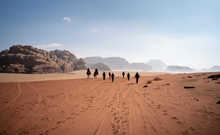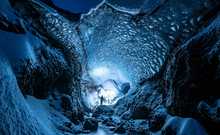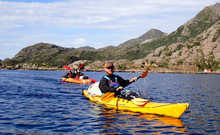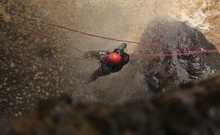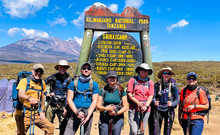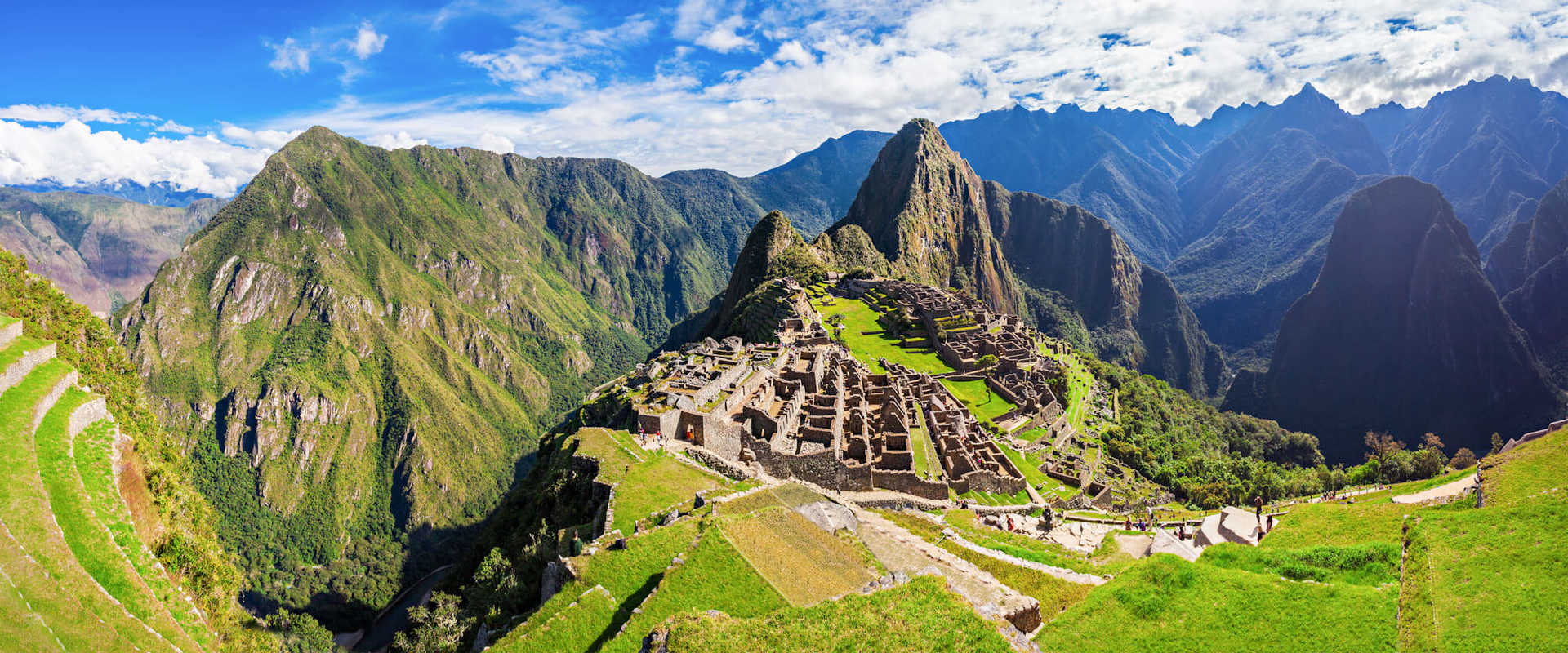Understanding the Changes to Machu Picchu Circuits
The Citadel of Machu Picchu is an iconic Inca city high in the Andes of Peru. It is managed by the Ministry of Culture for the Peruvian government, who have a history of making radical changes to preserve and protect this important historical site.
In the last two decades, they changed the number of daily visitors from uncapped to 2,500 per day, and more recently amended to 4,500 per day during the regular season (approximately November to June) and 5,600 per day during the high season (approximately June to October).
In addition to limiting the number of visitors permitted to Machu Picchu daily, the Ministry has administered zoning within the ancient city. Today, each Machu Picchu ticket must be purchased in advance and is restricted to certain circuits. Entry times are strictly monitored, a one-way system is in place, and the total time allowed on site is capped, dependent on the length of each Machu Picchu trail.
A few sites are no longer open all day either. If you want to visit the Temple of the Sun, the Temple of the Condor or Intiwatana, the ritual solar stone, you’ll need to plan your Machu Picchu tour accordingly and make sure you purchase the correct Machu Picchu entry tickets.
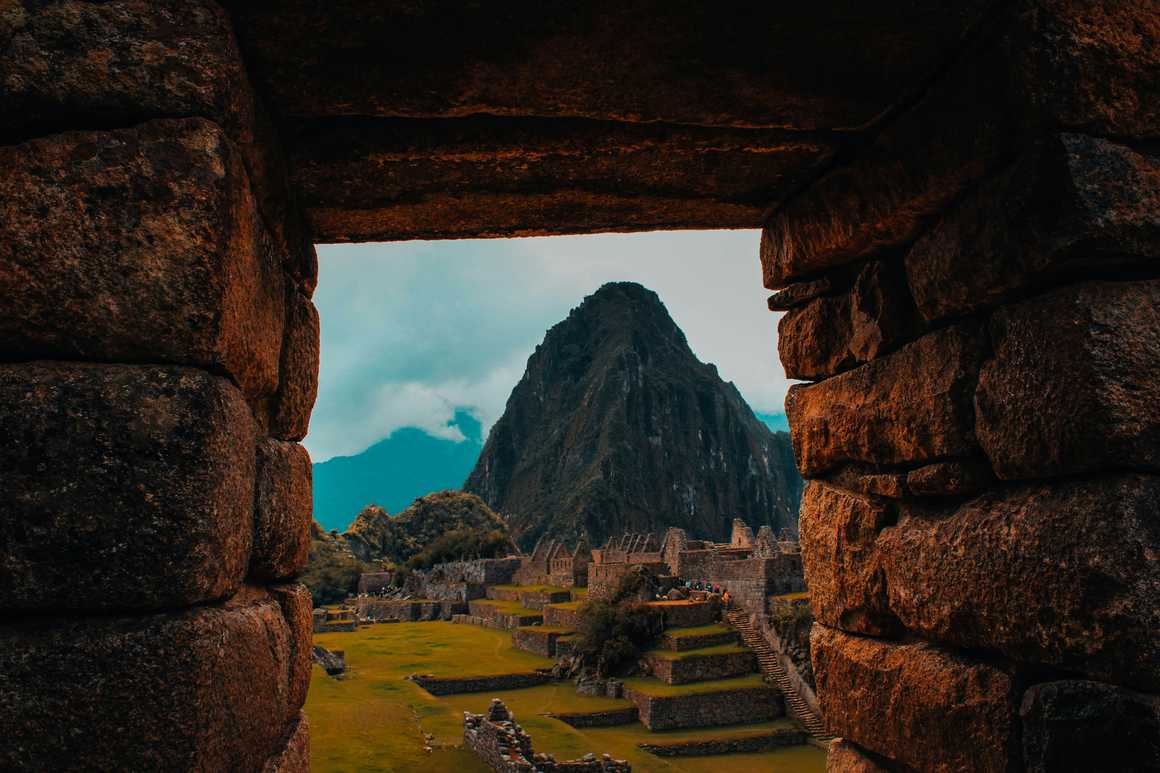
Why the changes?
Machu Picchu is a UNESCO World Heritage Site valued for its significance to the legacy of the Inca civilisation and for its incredible architecture and cultural value. To preserve this astounding site, it’s important that measures are put in place to limit any damage caused by visitors.
Many of the recent measures aim to reduce overcrowding, erosion and create a more sustainable flow of traffic through the site. The new Machu Picchu circuit regulations may seem complicated, but they are based on recommendations by UNESCO to help preserve this important site for future generations. Limiting the capacity and duration of Machu Picchu tours should lessen the impact of tourism without preventing access completely.
You can find out more about how this astounding city was created in our brief history of Machu Picchu article.
The Three Circuits at Machu Picchu
Let’s take a closer look at exactly how the city has been zoned and what you can expect from trekking in Machu Picchu, Peru.
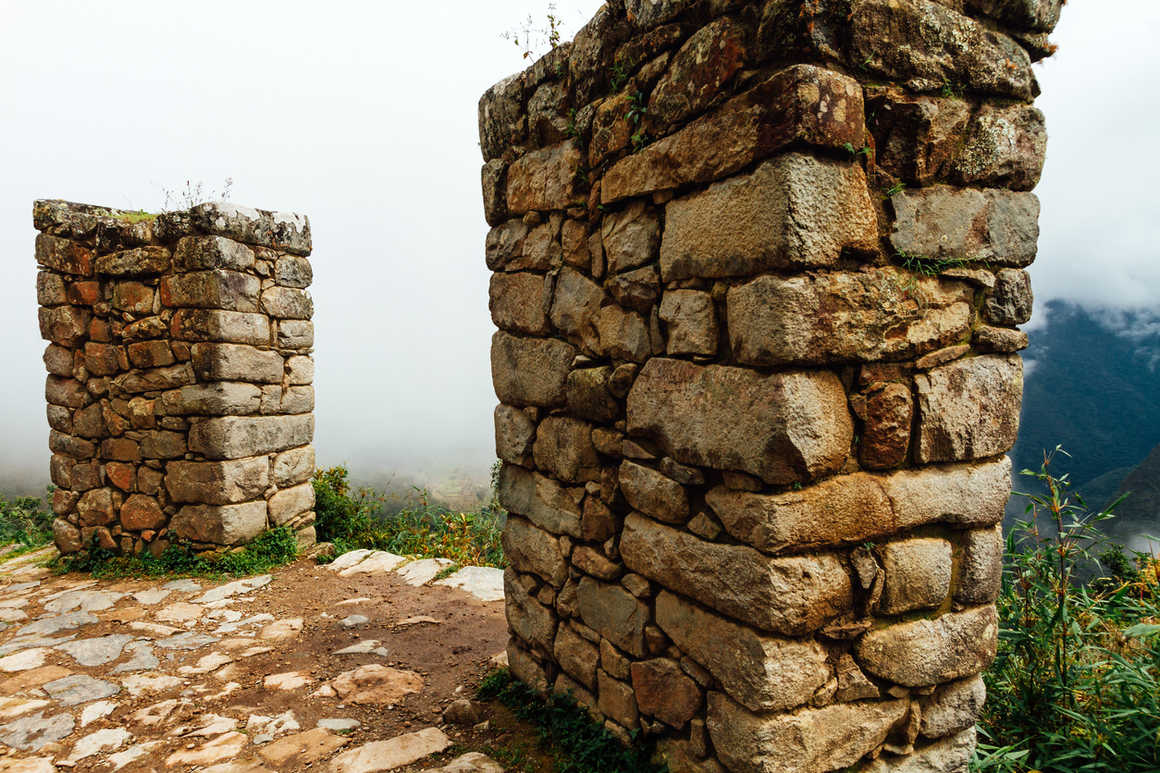
Circuit 1 – The Panoramic Circuit – Panorámico
Circuit 1 is all about views and terraces. All panoramic circuits involve climbing the ancient Inca stone steps to this stunning viewpoint, so a good level of fitness and mobility is required.
Route 1-A: Machu Picchu Mountain Hike and Panoramic Views.This circuit takes you to that viewpoint – the one we all recognise from Machu Picchu photos. The elevated position of the Guardian’s House offers an exceptional vista of the city in the foreground, surrounded by the towering Andean Mountains. However, this circuit is only an hour in duration and touring the iconic sites below is not included. Climbing Machu Picchu Mountain is included here and time is allotted to hike to the summit of this 3,082m peak, approximately 650m above the ancient citadel.
Route 1-B: The Upper Terraces Without the Mountain Hike.Identical to the route above but without the option to climb Machu Picchu Mountain. It is the most basic ticket option, offering a limited glimpse of this incredible place.
Anyone arriving via the Inca Trail to Machu Picchu, will have this route included in their Inca Trail permits.
For Kandoo, this Machu Picchu circuit is included in the following trips:
Route 1-C: Sun Gate Circuit (Inti Punku) — seasonal.
Again, including access to that sensational view from the Guardian’s House, this circuit also allows visitors to walk to the Sun Gate, Inti Punku, the ancient entrance of Machu Picchu. Bear in mind that this route is only available during high season from mid-June to the end of October.
Route 1-D: Machu Picchu and the Inca Bridge — seasonal.
The last of the panoramic Machu Picchu circuits includes access to The Guardian’s House and a round trip to the Inca Bridge at the eastern edge of the city. This walk is ideal for escaping the crowds and takes you down a hair-raising narrow path with vertical drops alongside.The bridge was an ancient escape route from the city which could be removed to make it inaccessible. This route is probably one of the most underrated of the short circuits around Machu Picchu. It is also only accessible during the high season from mid-June to the end of October.
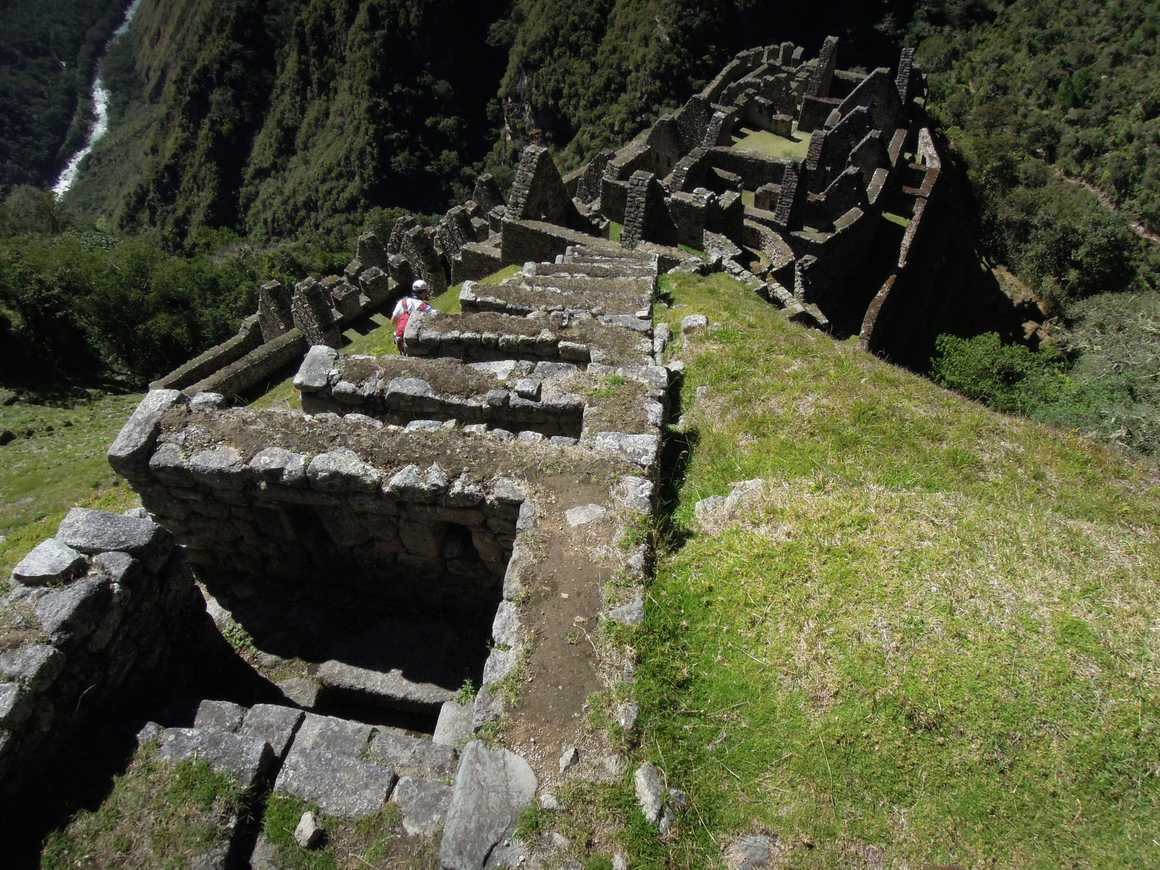
Circuit 2 – The Classic Circuit – Clásico
This is the route most people imagine when they picture Machu Picchu. It’s the most popular circuit of the city, providing the longest amount of time permitted, with the largest amount of ground covered. Circuit 2 is open all year round and whilst it is the most comprehensive route, it doesn’t include access to Machu Picchu Mountain or Huayna Picchu.
For Kandoo, this is our preferred route and the reason we encourage people to book well in advance. It’s possible to book multiple tickets for Machu Picchu, so for those wanting to climb Machu Picchu Mountain or Huayna Picchu, let us know at the time of booking and we can purchase these tickets in advance on your behalf.
Route 2-A: The Classic Route.Visitors on this circuit will be able to explore the Temple of the Sun, the Main Temple, Temple of the Three Windows, the Sacred Rock, the Water Mirrors and the Water Fountains, to name a few of the highlights. You’ll also have access to the elevated viewing platform beneath the Guardian’s House, offering excellent photo opportunities, albeit not as high as Circuit 1 routes.
Route 2-B: The Shorter Classic Route.This route is a slight variation on the above option, making it a shorter walk overall but offering all the same highlights within the same allotted time.
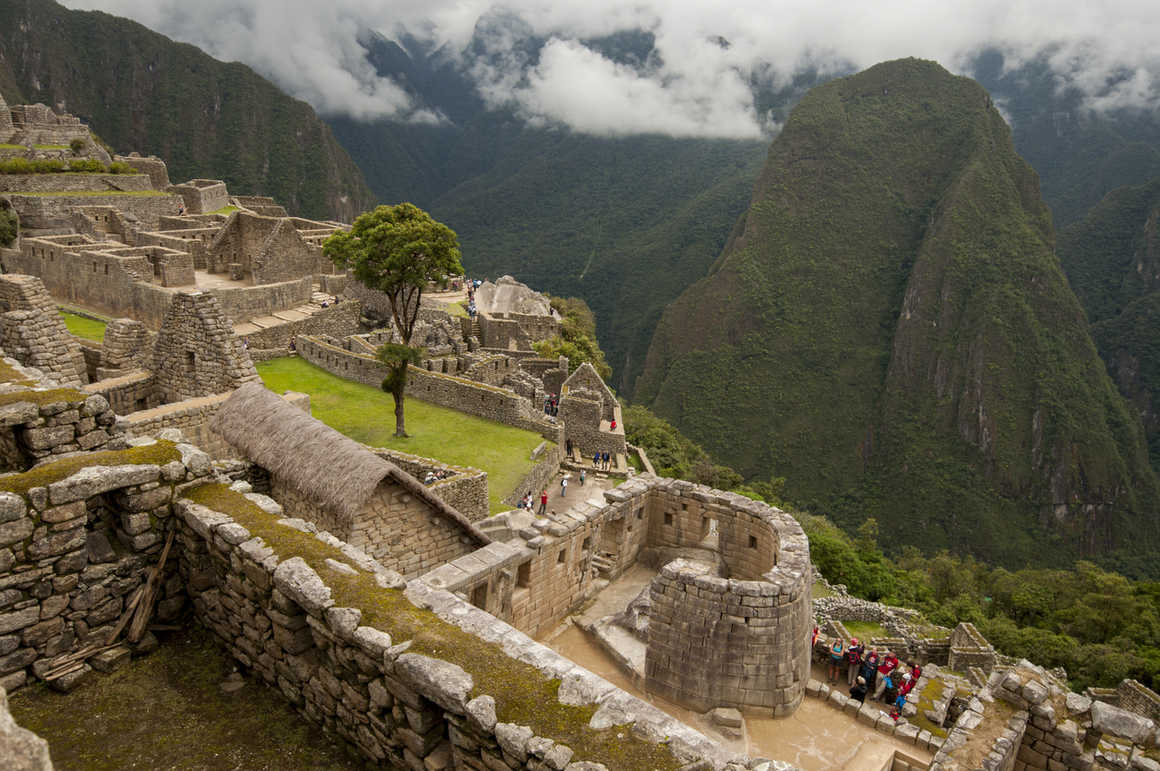
Circuit 3 – The Royal Circuit - Machupicchu Realeza
The last of the three circuits is focused on sacred spaces and mountain hikes. Whilst other routes may include the headline highlights, these offer some of the lesser-known but equally arresting sites. You’re likely to experience fewer people on these circuits as the timeslots are more restrictive and there are fewer tickets available in total.
Route 3-A: Machu Picchu and Climb Huayna Picchu Mountain.
Explore the lower terraces of Machu Picchu and discover the royal buildings made of granite. You’ll have plenty of opportunities for iconic photos here, as well as the chance to climb Huayna Picchu, sometimes called Waynapicchu, which towers 300m above the citadel.Highlights include visiting the Temple of the Sun, the House of the Inca, the Three Gates, the Sacred Rock and the Temple of the Condor.
This can be bought as an additional ticket for those wanting to climb Huayna Picchu and explore other parts of Machu Picchu too.
Route 3-B: The Royalty Route.Similar to the route above, but without climbing Huayna Picchu, highlights include a tour of the royal buildings in the lower part of the city, as well as the opportunity to take Machu Picchu pictures from the agricultural sector.
Route 3-C: The Great Cavern and the Temple of the Moon — seasonal.This route journeys through the lower terraces of Machu Picchu, similarly to the routes above, but with an added bonus. You’ll be able to walk into Huayna Picchu Mountain to find the mysterious Great Cavern - which is an incredible sight. Only available during the high season from mid-June to the end of October, this is the longest and most popular of the Circuit 3 routes.
Route 3-D: Huchuy Picchu hike — seasonal.
Finally, the last Machu Picchu walk takes you through the lower terraces again, home of the religious and royal buildings. Additionally, you can walk the short distance up Huchuy Picchu for an alternative breathtaking Machu Picchu aerial view.
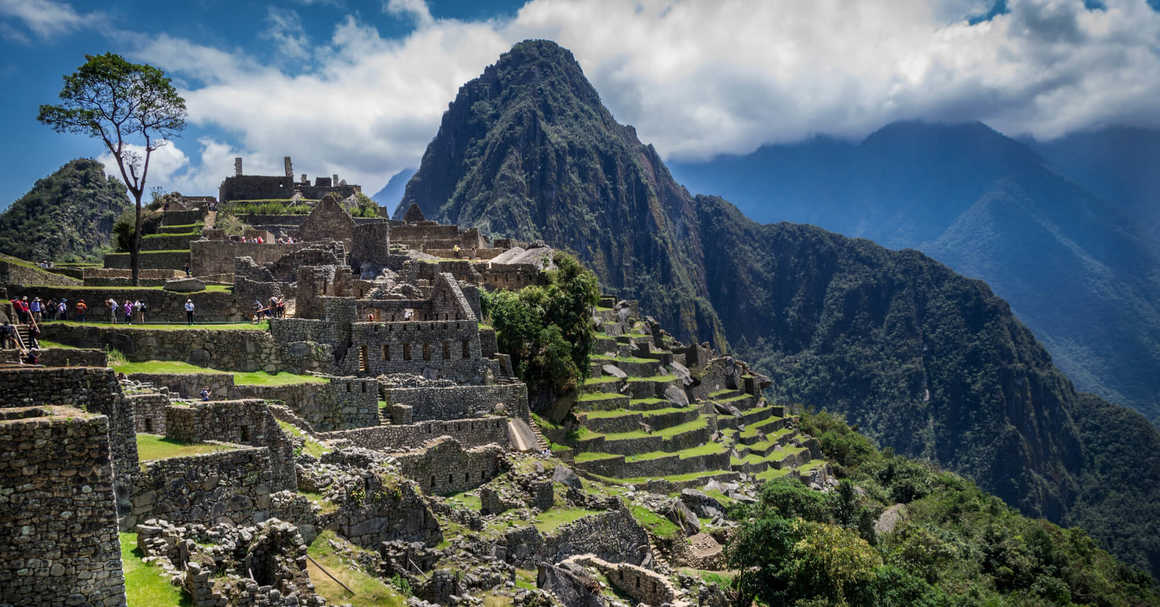
Rules to Remember
- Tickets are route specific. You can’t deviate or change your route once booked.
- All trails have a one-way system in place. Failure to adhere to it might mean expulsion.
- Some routes are only available during the high season, and some sites are closed during the regular season.
- Tickets are non-refundable and non-transferable.
- You must have a guide accompanying you on your visit.
- Book well in advance! Inca Trail permits are released in October each year and the most popular dates, times and routes sell out quickly. Book your trip as early as possible to avoid missing out on your preferred experience.
- Machu Picchu tickets can be purchased all year round, but the most popular routes sell out quickly, so again, book in advance to avoid disappointment.
Read more about how far in advance to book your adventure holiday in our related article. Or follow this link to read more about the expected etiquette when visiting Machu Picchu.
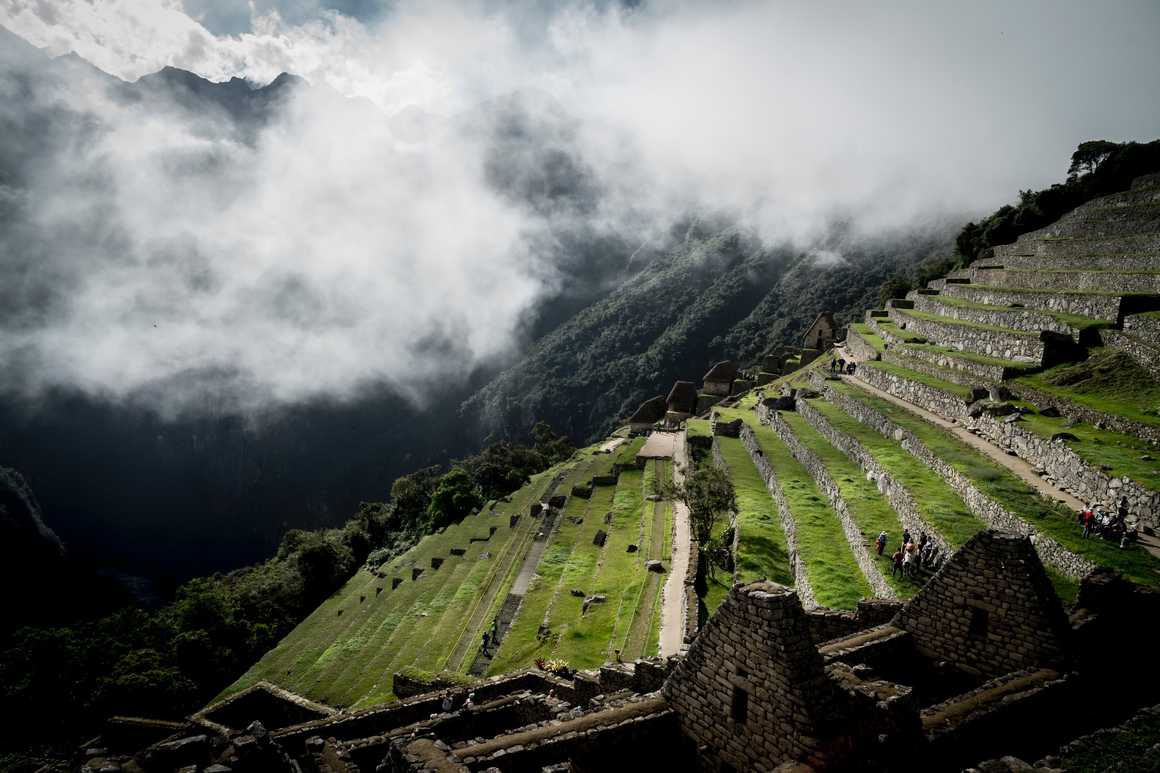
How to Choose the Right Route
When considering Machu Picchu trips, do your research before booking. What is it you want to see most? How important is that classic postcard viewpoint to you? Is it worth missing other parts for? Do you want to see certain sights that are only open during the peak season? If so, this will dictate when you visit.
If you’re on a budget, the best time to visit Machu Picchu may be during the regular season. Or if seeing Inti Punku, the Sun Gate at Machu Picchu, is vital, you’ll have to visit during the high season as it’s closed during the regular season.
If you’re looking at Machu Picchu travel packages that tick certain boxes, check the routes carefully to ensure you don’t miss out. We’ve listed a few of the best options below to help you decide which route is best for you.
Anyone hiking the Inca Trail to Machu Picchu with us will have their Inca Trail permits AND their Machu Picchu tickets included as part of their itinerary. There is no need to book additional tickets for Machu Picchu as we’ll book everything for you. Equally, travellers arriving at Machu Picchu from other trekking routes with us will also have their Machu Picchu entry tickets included. The trek to Machu Picchu is an awesome way to arrive at this ancient wonder and is highly recommended for adventurers looking for an iconic hiking experience in the Andes.
Independent travellers visiting Machu Picchu on day trips will need to sort their own tickets through an approved site and enlist the services of a tour guide to accompany them.
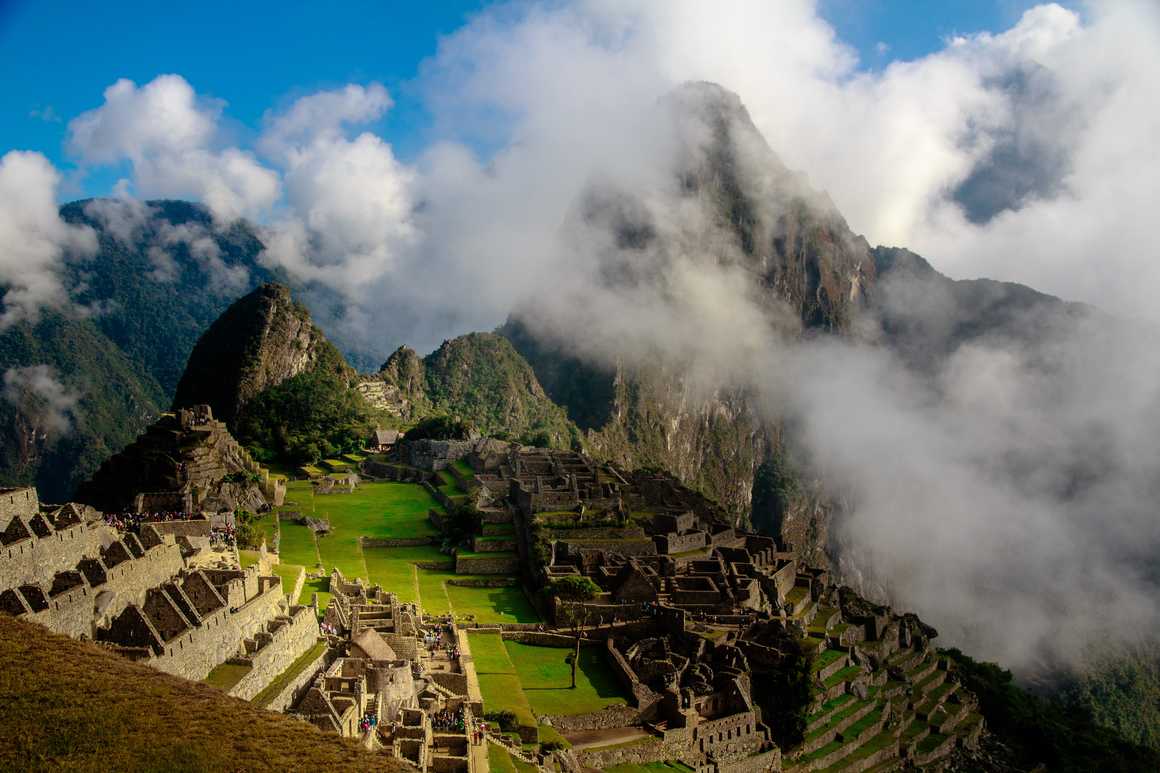
Best Machu Picchu Routes
For the classic postcard view
Circuit 1-B or 2-A
For adventure seekers
1-A (Machu Picchu Mountain)
3-A (Huayna Picchu)
2-A (Classic Upper Terrace) + 3-A (Huayna Picchu)
For off-the-beaten-path explorers
3-C (Temple of the Moon)
1-D (Inca Bridge)
For a lighter walk
2-B (lower terraces)
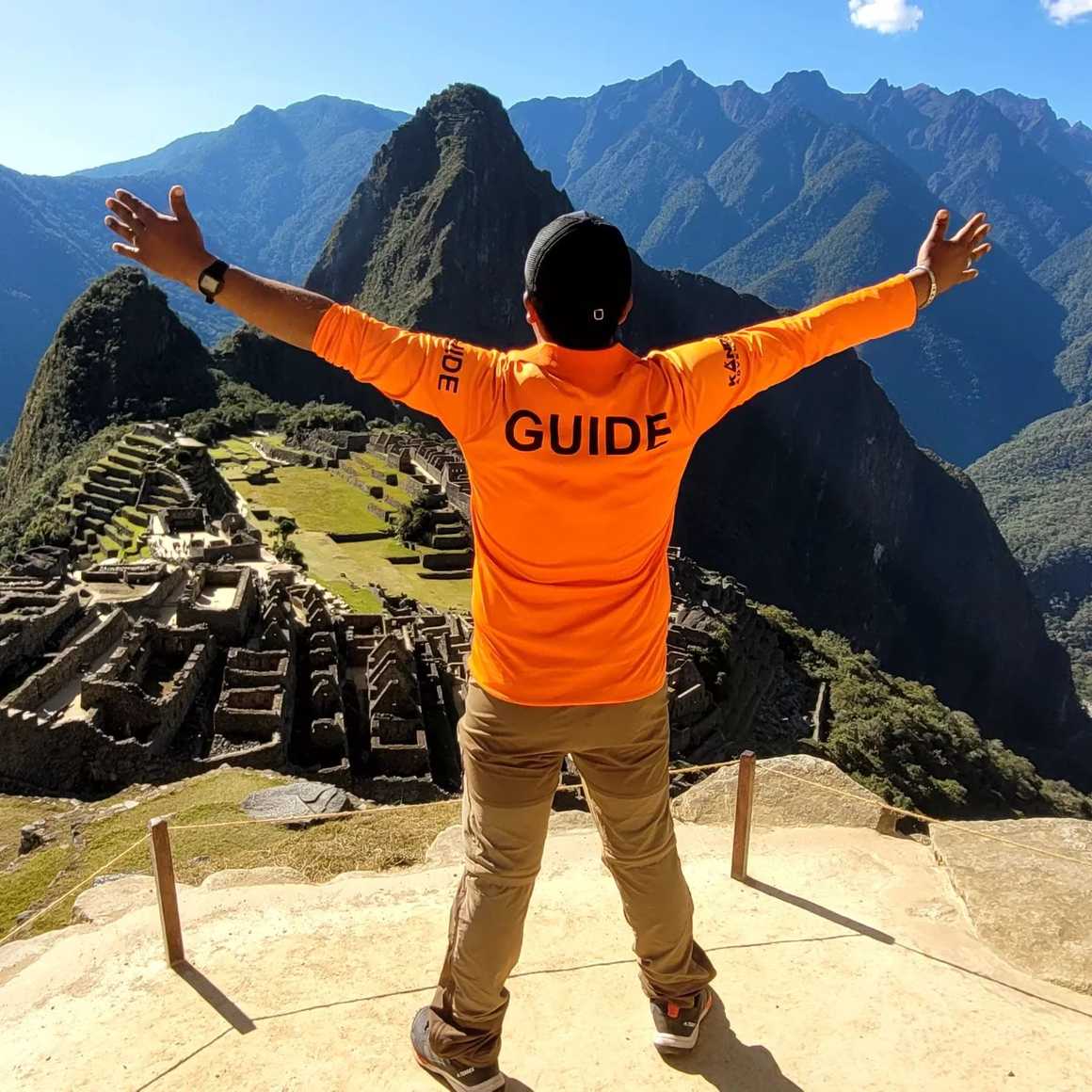
Machu Picchu with Kandoo Adventures
Navigating the world of Machu Picchu reservations can be complicated. Booking sites are often clunky, poorly translated, have missing information and you may not end up booking the Machu Picchu tickets you really want! Add this to the rule that you must book through a tour operator and enlist a guide, and the whole process is confusing and overwhelming.
Cue, Kandoo. We have a fantastic team in Peru and operate some incredible Machu Picchu tour package options that include epic treks to this iconic site. Whether you fancy the classic Inca Trail and Machu Picchu experience or are looking for a more remote journey such as Salkantay to Machu Picchu, we offer awesome hikes in Peru to this magical site. What's more, you can tag on some amazing Sacred Valley experiences to your trip for maximum Inca immersion.
Our Machu Picchu trips include a variety of routes depending on which trek you’ve arrived via. Huayna Picchu, a nearby peak offering unrivalled views of the Inca citadel from the summit, can also be climbed on your Machu Picchu trek and is unmissable!
Talk to our team of travel experts today, and we’ll put together a stunning Machu Picchu trip package that takes you everywhere you want to go, and more. Let us take the complexity out of booking a Machu Picchu pass, with an adventure trip that includes everything you need for an unforgettable experience in Peru.
